Supplements clinical observation, may monitor therapy response
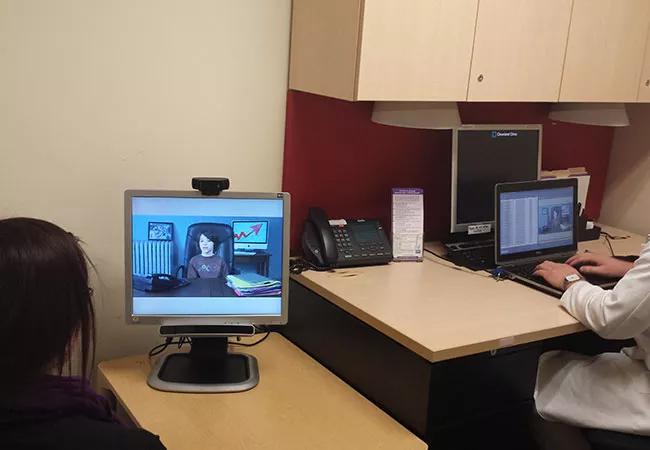
By Thomas W. Frazier, PhD, and Sumit Parikh, MD
Cleveland Clinic is a non-profit academic medical center. Advertising on our site helps support our mission. We do not endorse non-Cleveland Clinic products or services. Policy
An old adage holds that the eyes are the window to the soul. But for children with suspected autism spectrum disorder (ASD), new research suggests that the eyes promise to be even more — the key to the first objective and quantitative tool for diagnosing ASD.
Our team at Cleveland Clinic recently developed an objective measure of autism symptom level — named the “autism risk index” (ARI) — based on remote eye gaze tracking to various stimuli. In April 2016, we published a paper in the Journal of the American Academy of Child and Adolescent Psychiatry reporting results of initial and replication studies that showed the ARI to have high diagnostic accuracy in differentiating children with ASD from similar children with non-ASD developmental disorders. These findings suggest that the eye gaze-based ARI could prove to be a useful quantitative and objective measure of risk for ASD in at-risk settings.
This post summarizes the essentials of the ARI and the data supporting it, and then shares plans to further validate the index and scale it for potential widespread clinical use.
Our efforts to develop the ARI stemmed from the reality that current methods for diagnosing ASD — direct clinical observation, interviews and parent reports — are highly subjective. Spurred by the recognition that abnormal eye gaze and social attention patterns are core features of ASD and by recent studies supporting the potential discriminative value of eye gaze tracking in ASD, we hypothesized that children with ASD gaze longer at nonsocial targets and less at social targets relative to children with non-ASD disorders. So we set out to develop and replicate a measure of ASD symptom level based on eye gaze tracking to social and nonsocial visual stimuli.
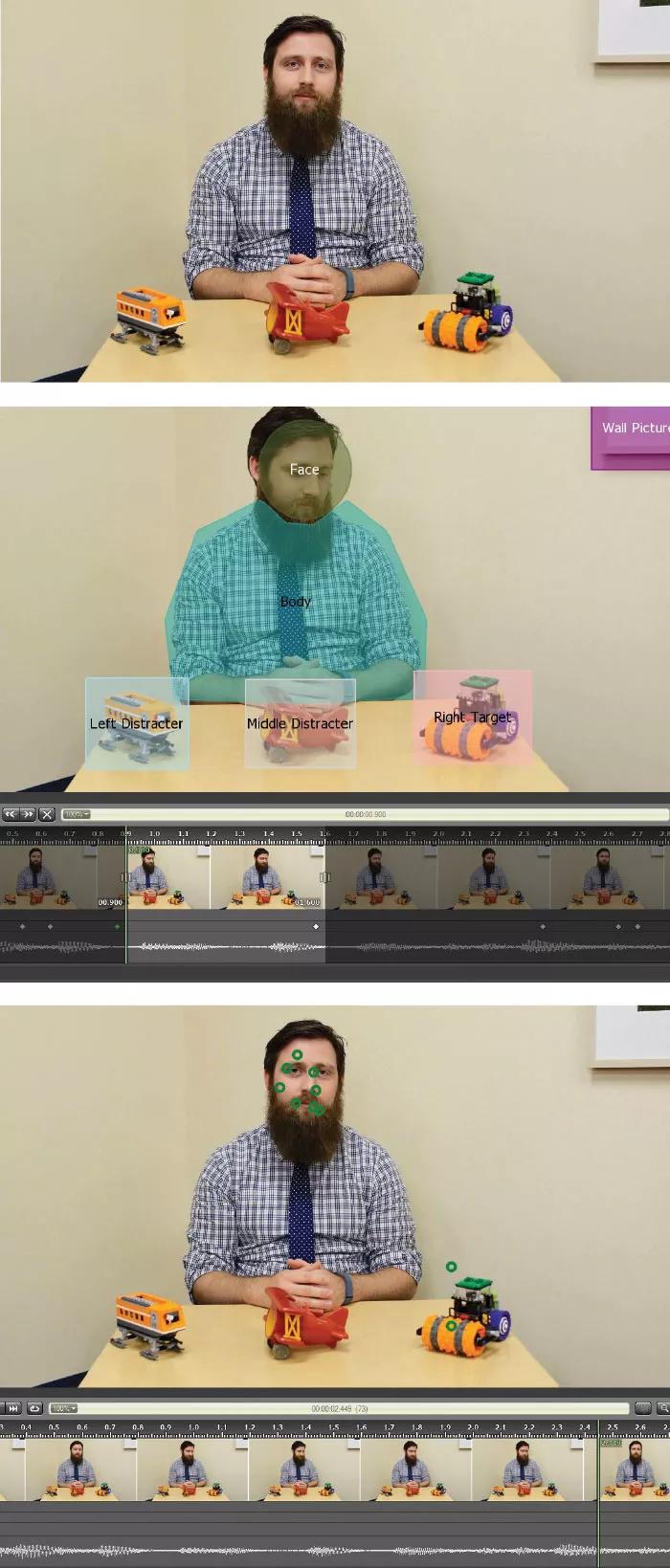
Figure 1. Example screenshots of some of the joint attention stimuli used in the replication study. Top image shows the stimulus alone; middle image shows the stimulus with temporal regions of interest designated; bottom image shows attention to the social regions of interest (green circles) in healthy controls. First two images reprinted from Frazier et al. with permission from Elsevier.
We opted to collect eye gaze data using remote eye tracking, a promising technology that avoids the use of the headgear or disruptive monitoring associated with other methods (such as EEG or MRI). Remote eye tracking is unobtrusive and akin to watching TV, with the eye tracker mounted to the frame of a 19-inch LCD monitor that presents visual stimuli to young subjects (see top image).
We evaluated two samples of children ages 3 to 8 who had been referred for evaluation by their pediatricians and were later diagnosed, based on clinical consensus, as having either ASD or another (non-ASD) developmental disorder. (Consensus diagnosis was based on multidisciplinary evaluations that included administration of the Autism Diagnostic Observation Schedule [ADOS-2] and the Social Responsiveness Scale [SRS-2]).
Blinded researchers conducted the seven-minute evaluations at the LCD monitor, during which the eye tracker recorded how long children looked at prespecified regions of interest (ROIs) as they were presented with literature-based social stimuli (e.g., faces) and nonsocial stimuli (inanimate objects and geometric shapes) (Figure 1). Looking times were recorded for each prespecified ROI and averaged across ROIs to generate a composite risk index (i.e., the ARI). Area-under-the-curve (AUC) analyses evaluated classification accuracy relative to consensus clinical diagnoses for both the initial study (N = 45) and the replication study (N = 34).
In both the initial and replication study samples, the ARI demonstrated high diagnostic accuracy, with AUC values for sensitivity versus specificity as follows:
The index dramatically outperformed the SRS-2 instrument in diagnostic accuracy and showed a strong correlation with ADOS-2 severity score (r = 0.58 and r = 0.59 for initial and replication samples; P < .001), which is the gold-standard measure of ASD symptom severity.
We concluded that combining eye tracking measurements into a risk index has strong potential clinical value for objectively enhancing ASD diagnosis, grading symptom severity and even gauging symptom changes in response to treatment.
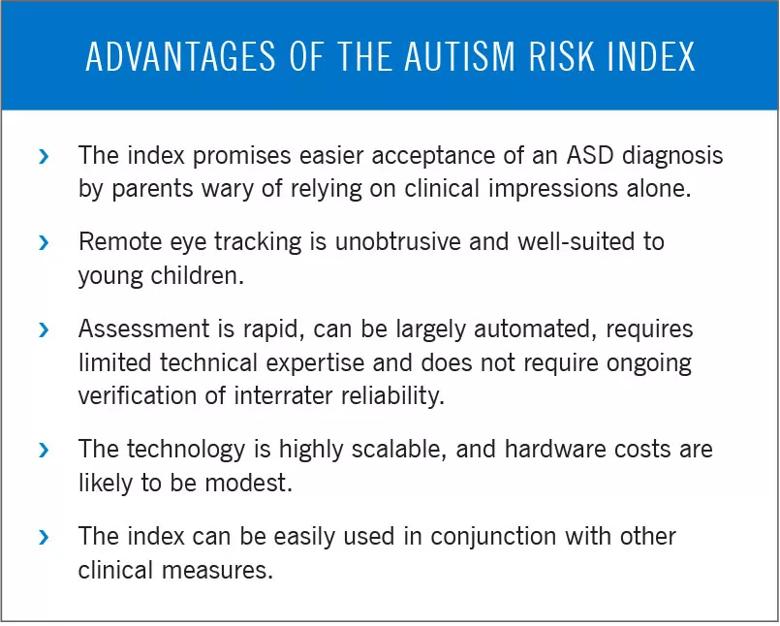
Before we can turn our findings into a clinical tool, we need to replicate the approach again in a larger sample. In this next step, we also plan to fine-tune the ARI algorithm to make it more accurate and sensitive to ASD. Our original approach was conservative — i.e., all prespecified ROIs were included, regardless of direction and validity level — and we expect that more sophisticated machine-learning methods can greatly enhance the ARI’s accuracy.
After this replication, we will take the final ARI and examine its performance across multiple sites in the U.S. to ensure that it performs as expected. We will also begin collecting data from a larger sample of healthy children to see whether the ARI can be helpful not only for diagnosis but also for screening in general population settings. We will simultaneously be taking steps in the commercialization process to move toward availability of an objective tool that clinicians can purchase and use to inform their judgment.
Dr. Frazier is Director of Cleveland Clinic Children’s Center for Autism.
Dr. Parikh is a pediatric neurologist in Cleveland Clinic’s Center for Pediatric Neurosciences and Medical Director of Cleveland Clinic’s Autism Spectrum Evaluation Team.
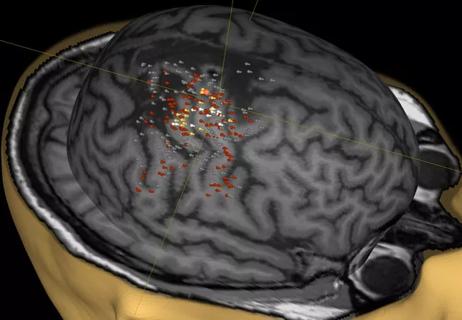
A noninvasive approach to map eloquent areas before surgery
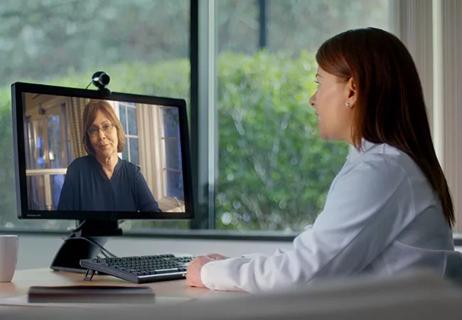
Physician reimbursement policy experts join forces with IT and coders to enable digital transformation

Minority Stroke Program focuses on outreach to racial and ethnic minority communities
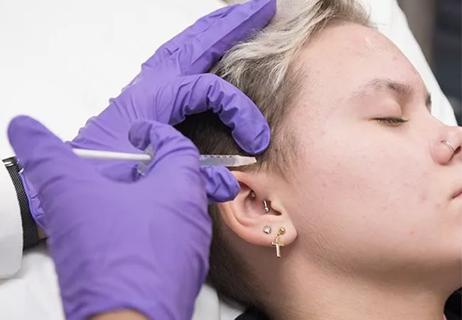
Excellent response seen with ongoing use in patients as young as 11

Q&A with a psychiatrist in Cleveland Clinic’s Transgender Surgery and Medicine Program

Time constraints, language barriers, substance misuse, mood disorders targeted for improvements
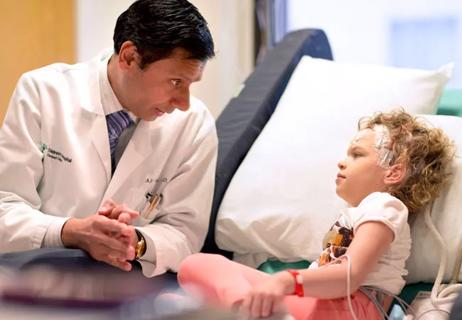
Project draws $1.6M to leverage telemedicine to create medical home, ease transition to adult care

Comorbid depression is only one of the likely warning signs